Passage du Bourg l’Abbé
The muted, pastel interior is enhanced by the natural light that drenches this quaint and charming passageway from its long and unusual curved glass ceiling above.
The combination of pretty tones, delicate detail and light provides a certain sense of serenity and calm that the other Parisian arcades don’t seem to have.
Passage du Bourg l’Abbé isn’t as flashy as some of the other passageways of Paris, instead it is subtle, elegant and understated.
But let’s begin with the entrance that adorns the passage on Rue de Palestro.
Initially, the passage was much longer when it was built in 1828, but the widening of streets as part of Baron Haussmann’s rejuvenation of the city of Paris, under the order of Napoléon III meant that Passage du Bourg l’Abbé needed to be shortened.
In 1863, architect Henri Blondel was engaged to design the new entrance and Aimé Millet was commissioned to create the caryatids that flank the entrance, representing industry and commerce.
The arched entrance, decorated in fine detail and at its centre a beehive and bees.
Presumably a nod to Napoléon Bonaparte.
A symbol of the First Empire.
Embedded into the pavement, a large disc announcing the Rue de Palestro entrance, which in itself, is a nice entrée to what lies inside.
MEASURING 47 METRES LONG AND UNUSUALLY CURVED
Most of the covered passageways of Paris have a pitched ceiling and those with a juncture have a rotunda at the centre but this single stretch, measuring 47 metres long is unusual, in that it is curved.
At first glance, the ancient covered passageway may seem a little prosaic but upon closer inspection, the attention to detail is simple but sweet, there is no question that Passage du Bourg l’Abbé stands alone with its own unique style and appeal.
A splash of gold leaf embellishing plaster work, delicate flourishes of scrolling motifs, a small golden star enhancing the minute hand of the clock, it is all about the detail.
The hand painted ceiling above the entrance leads from a slight dog-leg into a long corridor of light, lined with hour glass shaped lamps, hanging from green and gold stems.
At one end a barometer, which appears to be working and at the other, a clock.
Some of the shops that line the arcade include a café, an independent clothing label, homewares and a record shop.
But one particular store that caught not only my attention, but many passersby with its charming, neat as a pin workshop was that of timber joiner, Lulli & Sons, established in 1965.
Passage Bourg du l’Abbé may not boast to be the longest or most glamorous covered passageway in Paris but it most certainly has charm and elegance and some wonderfully, enchanting detail, if you take a moment to pause and explore.
Passage Bourg du l’Abbé has two entrances. I recommend starting at the Rue de Palestro entrance, where you can see the classical façade, from there you could continue on to Passage du Grand Cerf.
If you have found this information interesting or useful, please leave a comment or follow me on facebook for daily tips, photos and anecdotes, your feedback encourages me to keep this site up to date. Merci!
Paris Adèle Information Nécessaire:
Passage Bourg du l’Abbé – MAP
3 Rue de Palestro (recommended entrance)
or 120 Rue Saint-Denis
75002 Paris
Opening Hours:
Monday to Saturday from 7:30am to 7:30pm
Closed Sundays
Nearest Metro:
Etienne Marcel
You could combine a visit to Passage du Bourg l’Abbé, starting at the pretty Passage de l’Ancre, and ending at the lush Passage du Grand Cerf – here is a MAP – to help you along your way.
- Passage du Grand CerfNatural light drenches this elegant passageway from its 12 metre high glass ceiling with unique boutiques.
- Passage de l’AncreWho would know a delightful, tranquil little piece of paradise could be hidden away behind an unassuming crooked doorway in the heart of Paris.
Other places nearby:
- Sentier MétroThe unique and striking blue and red signage of Sentier Métro, suspended from a spectacular façade on Rue Réaumur is the only surviving sign of two ever produced.
- An Angel in ParisSoaring high above, with it's delicate wings nestled under a fourth floor balcony and yet remarkably this rare Paris secret often goes unnoticed.
More Passageways to Explore:
- Le Passage des PrincesAmber lamps, giving off a warm, golden glow, with a beautiful glass ceiling, the entire passageway is dedicated to toys.
- Passage VerdeauExplore antiques, rare books and vintage postcards beneath the elegant, neoclassical, glass ceiling, then continue over the road to Passage Jouffroy.
- Passage JouffroySift through old books at the famous bookstore; Librairie Paul Vulin as you walk upon geometric black, white and grey tiles and discover the quaint Hotel Chopin.
- Passage des PanoramasBuilt in 1799 and inspired by the Oriental Souks, Passage des Panoramas is one of the oldest passageways in the world.
- Passage du CaireA unique façade, a magnificent glass ceiling, 360 metres in length, Passage du Caire is the oldest and longest Passage in Paris
- Passage du Grand CerfNatural light drenches this elegant passageway from its 12 metre high glass ceiling with unique boutiques.
- Passage du PradoRarely mentioned in travel guides, with not a tourist in sight, this unique passage was once in the heart of fashionable Paris.
- Passage du Bourg l’AbbéSubtle and elegant pastel interior, muted by natural light from the unusual curved glass ceiling.
- Passage de l’AncreWho would know a delightful, tranquil little piece of paradise could be hidden away behind an unassuming crooked doorway in the heart of Paris.

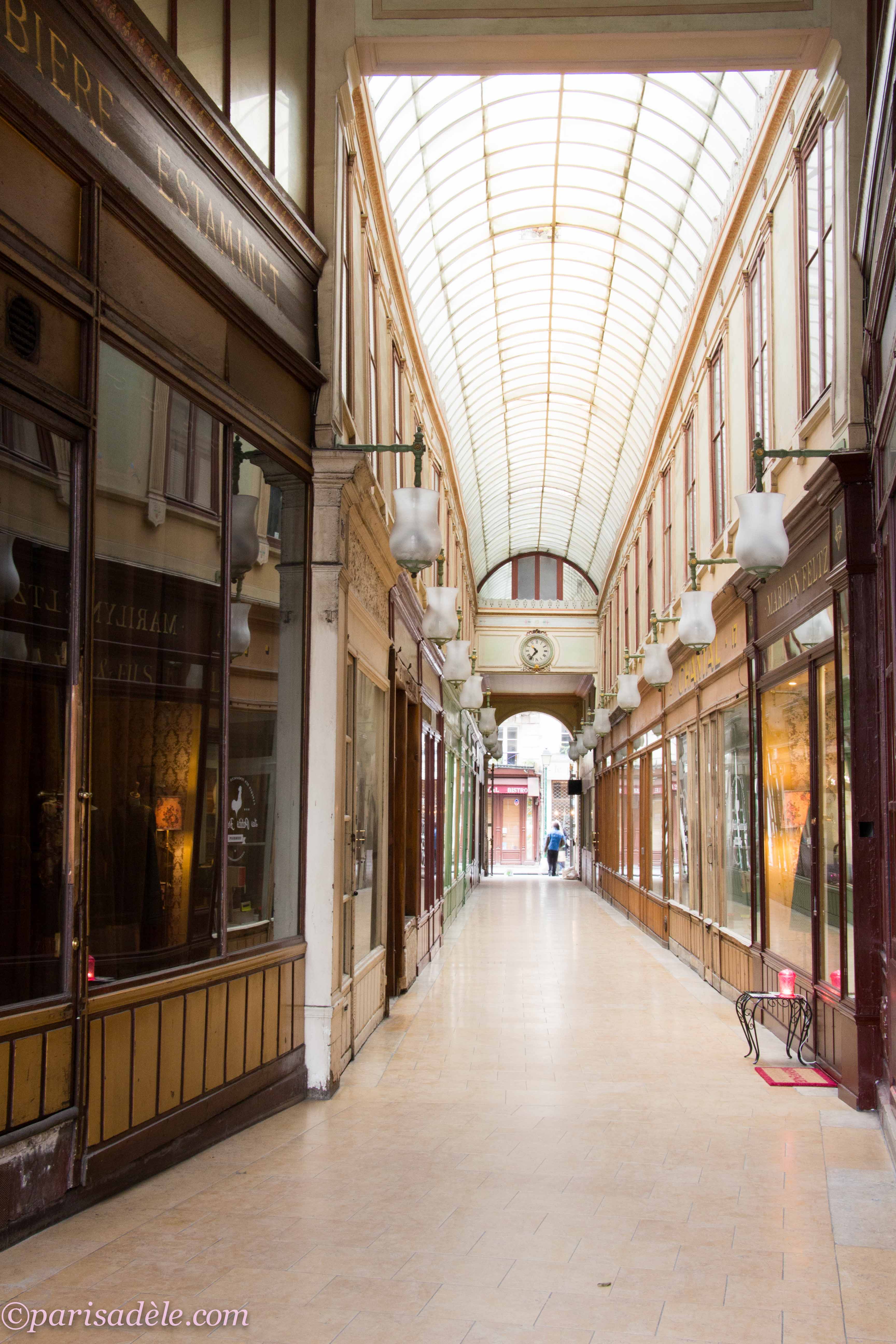
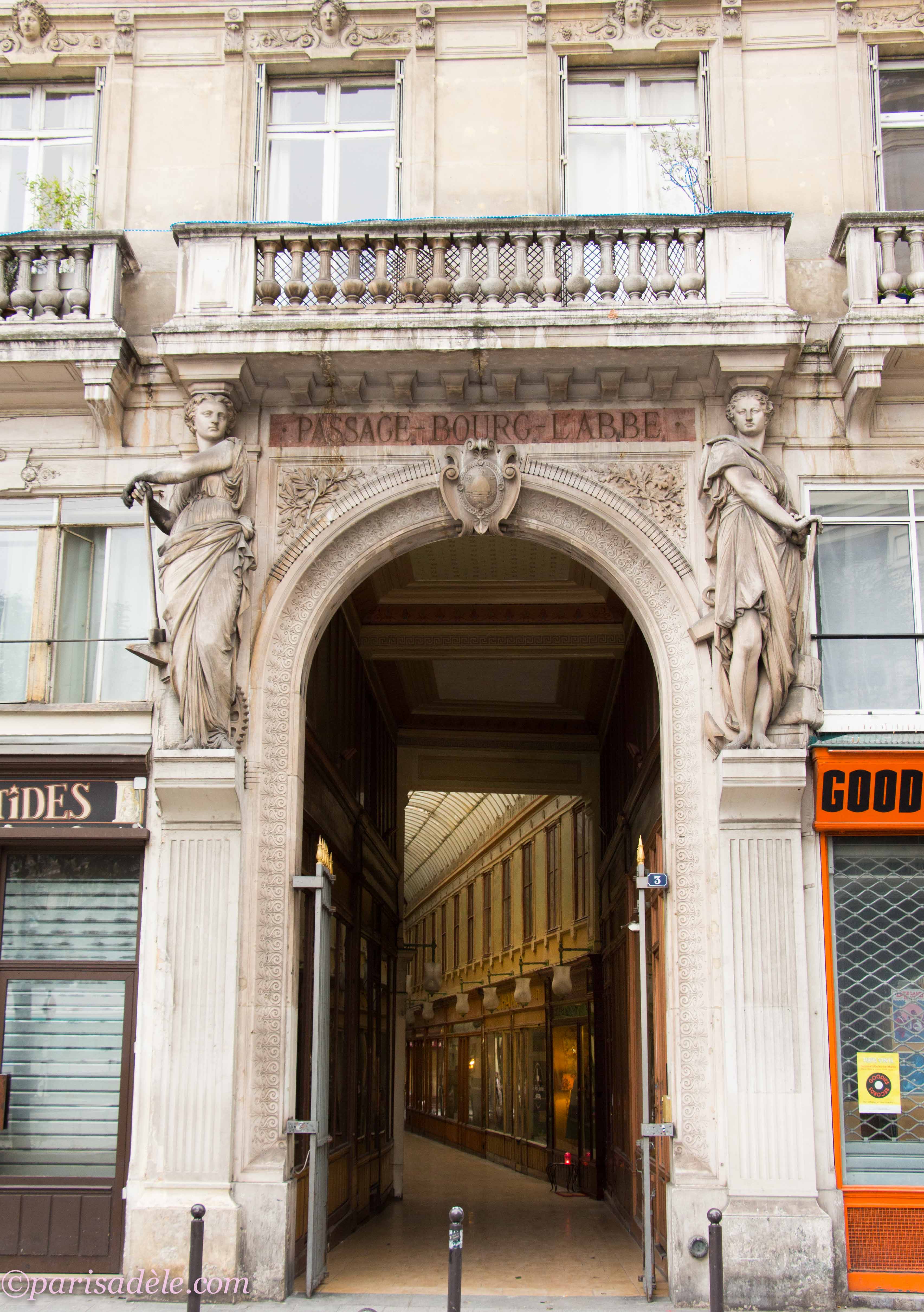

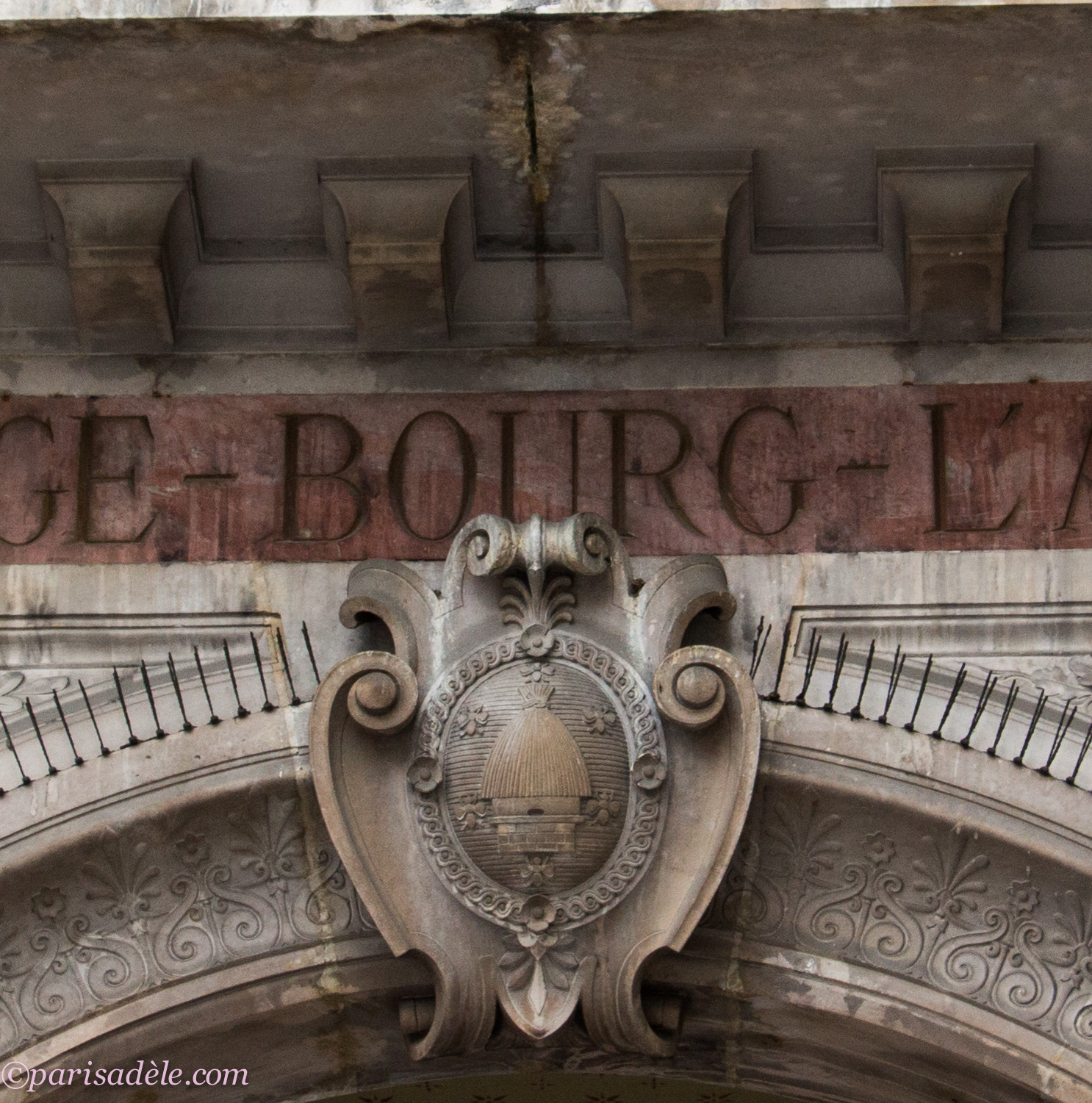

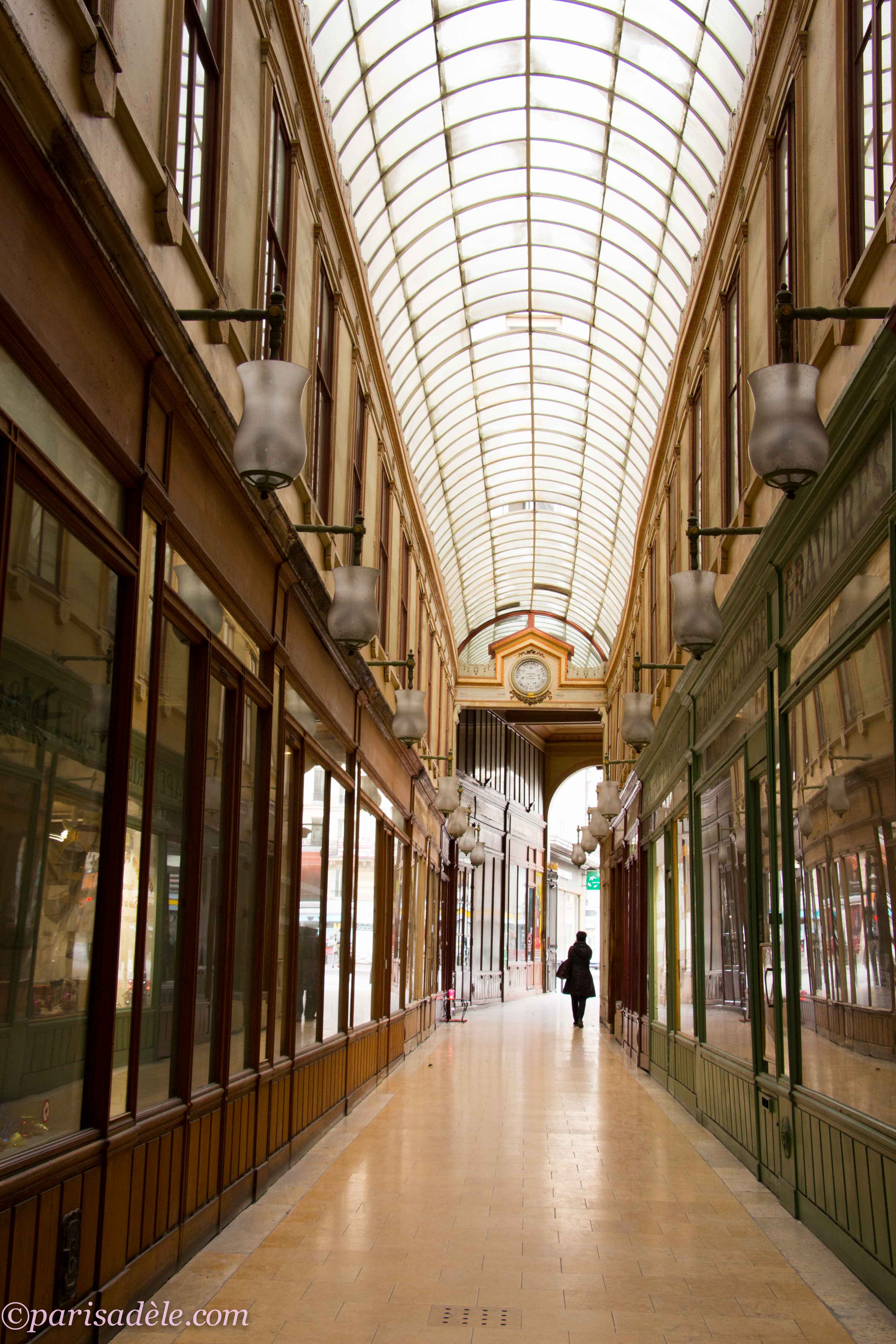
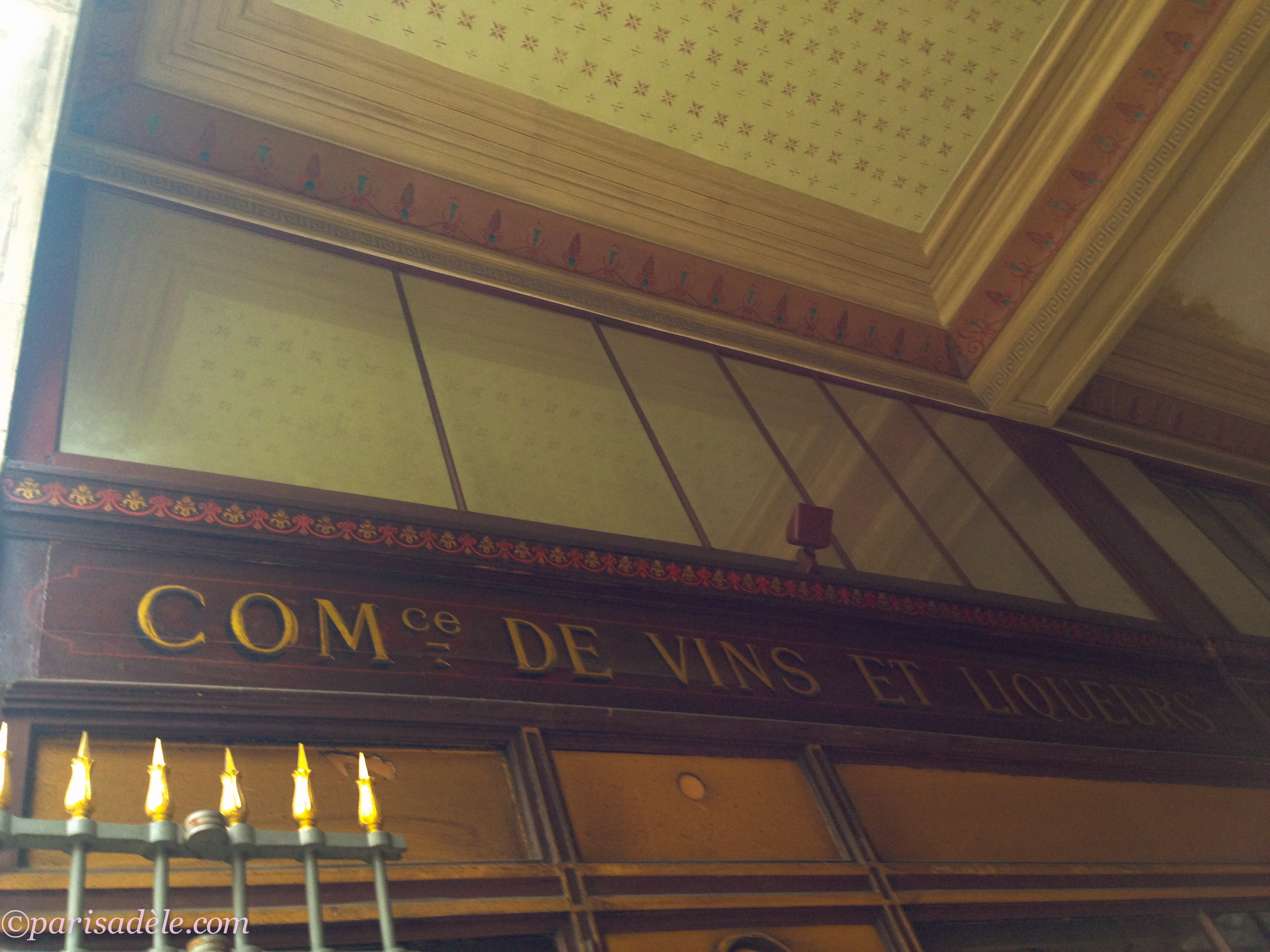
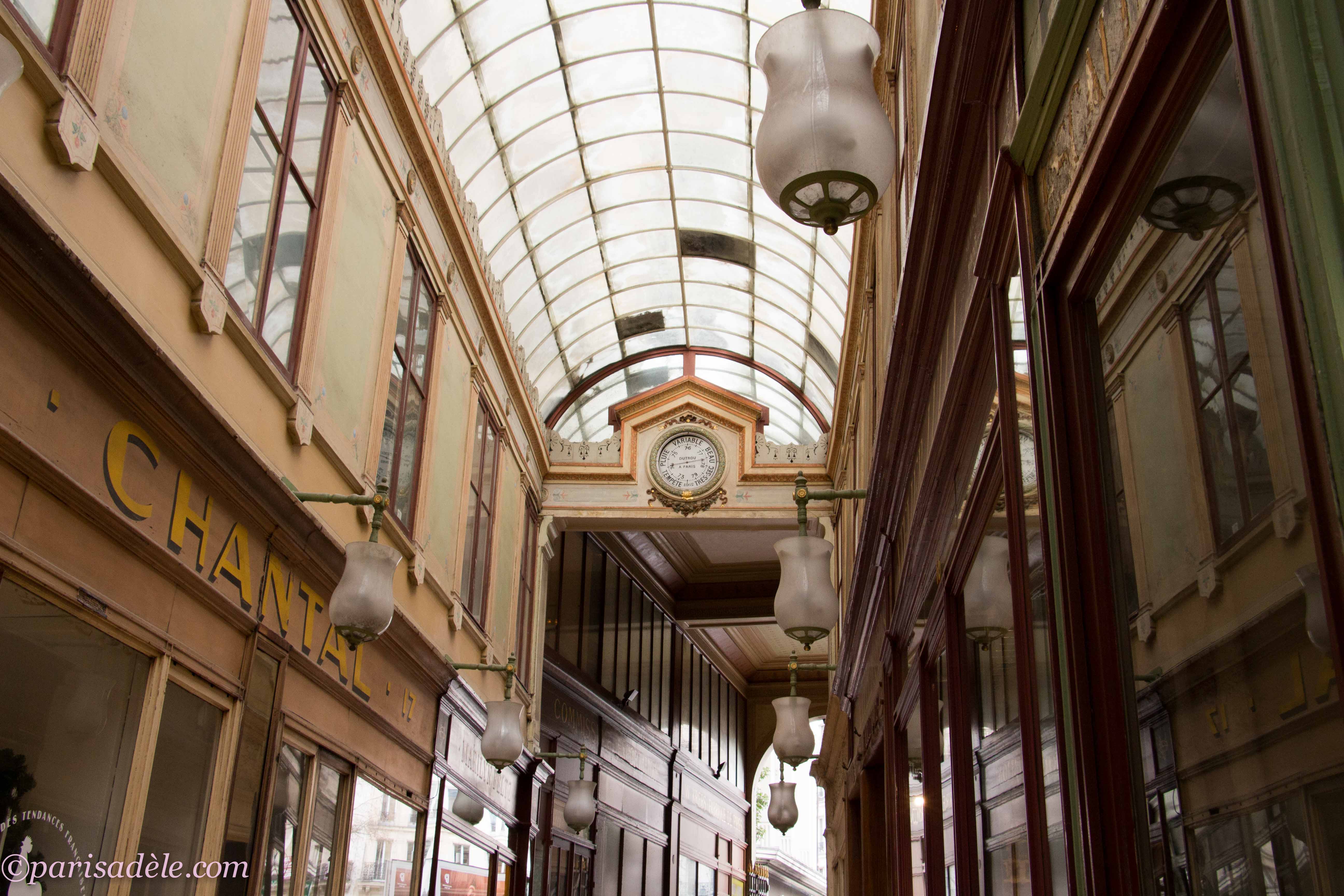
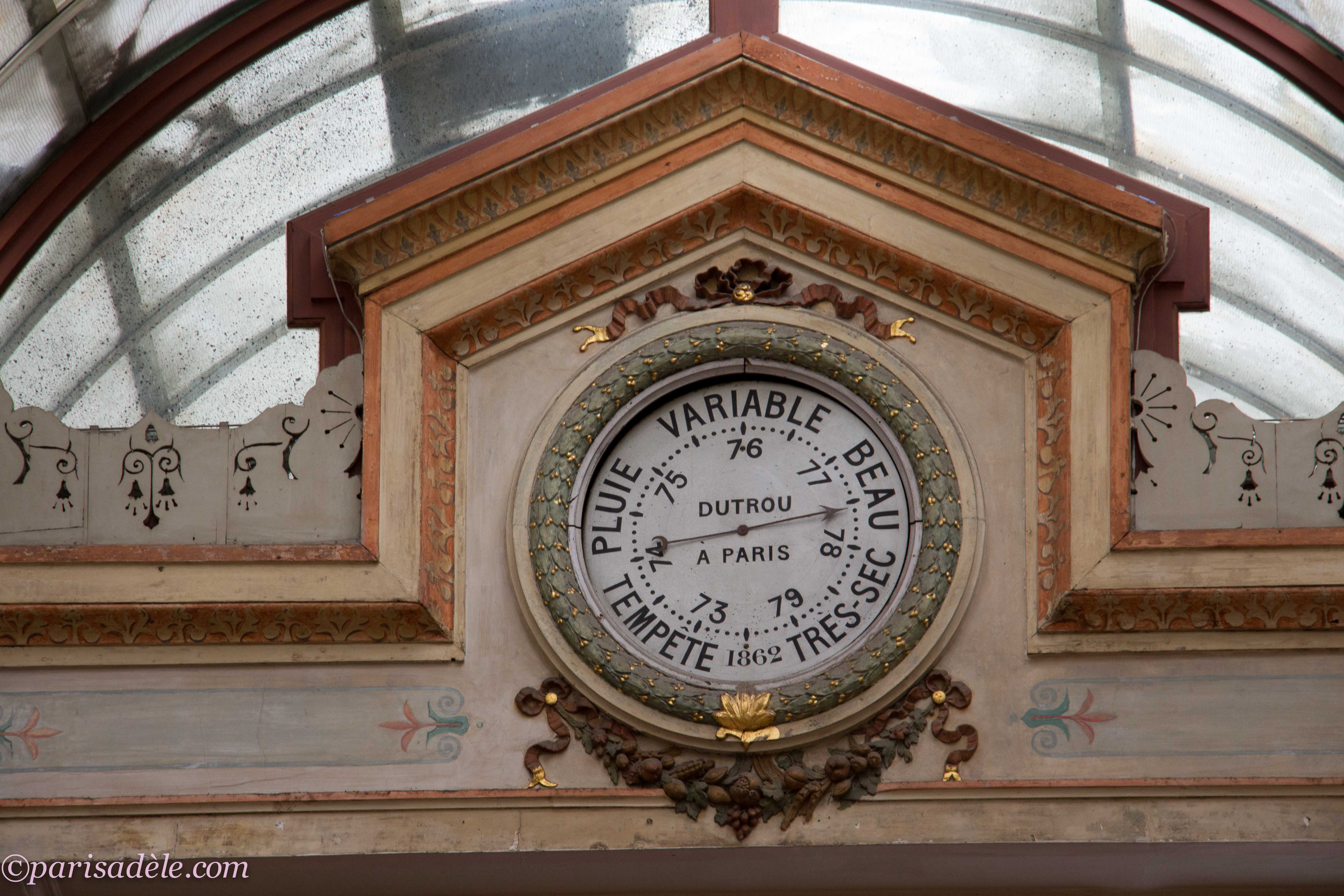
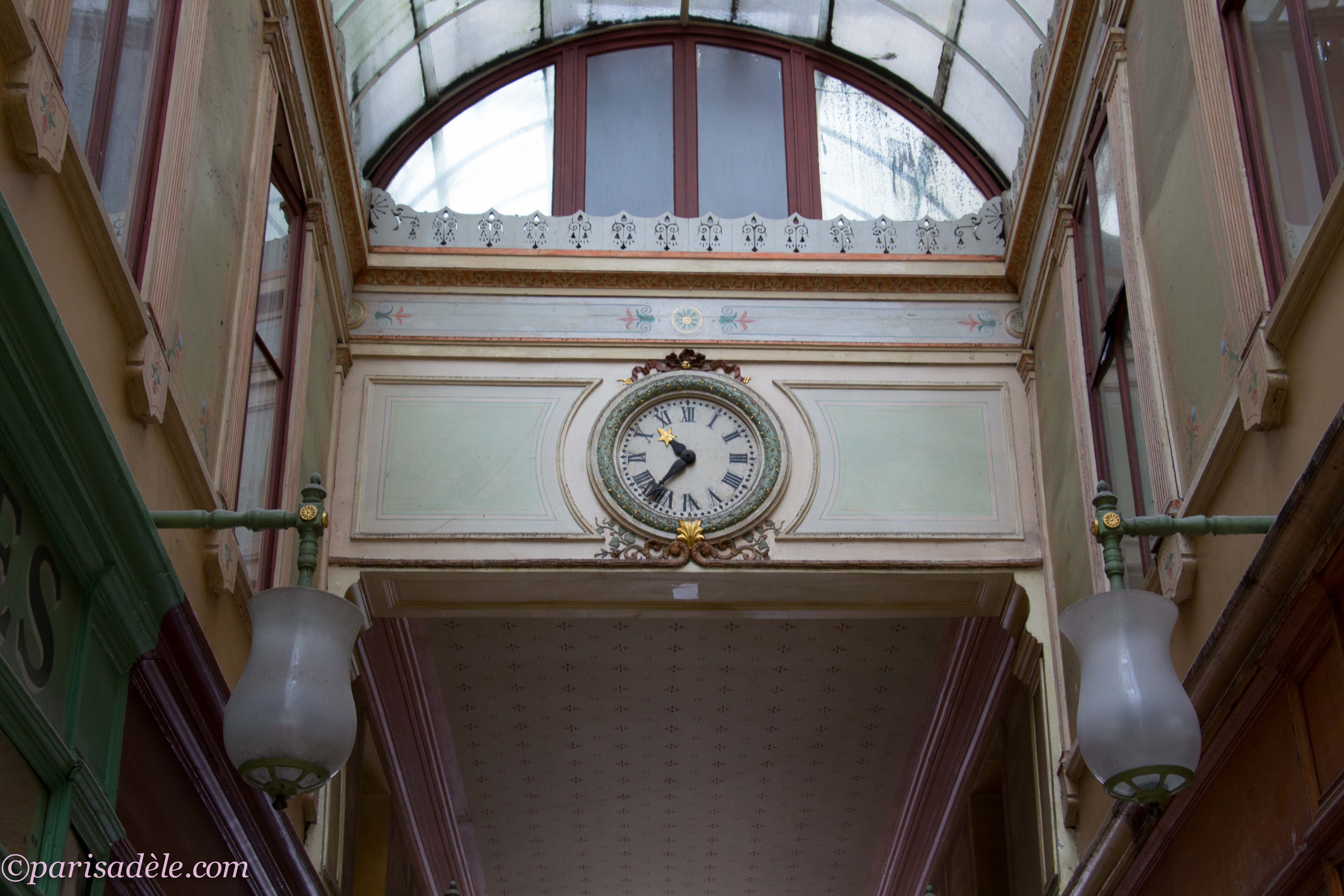

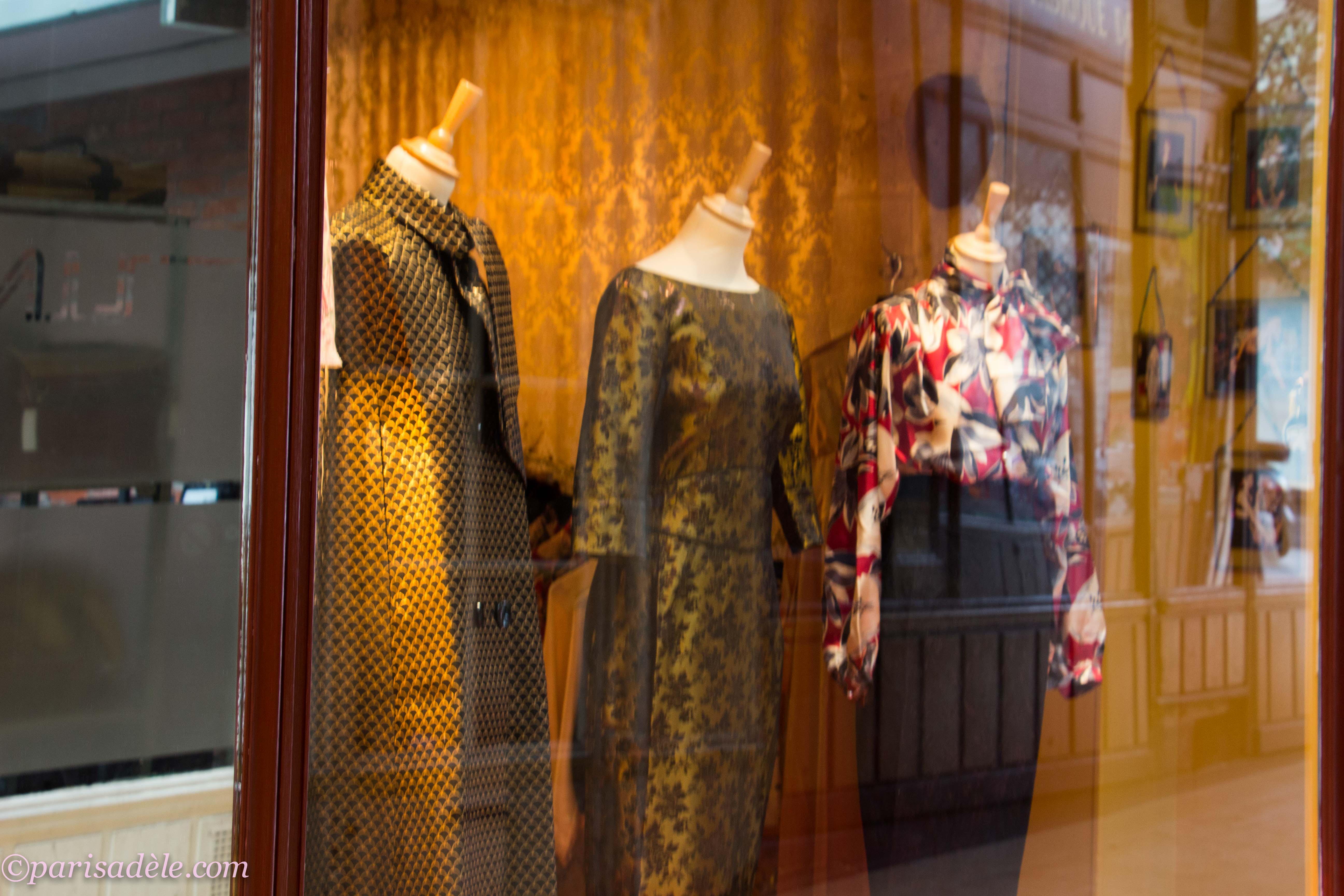
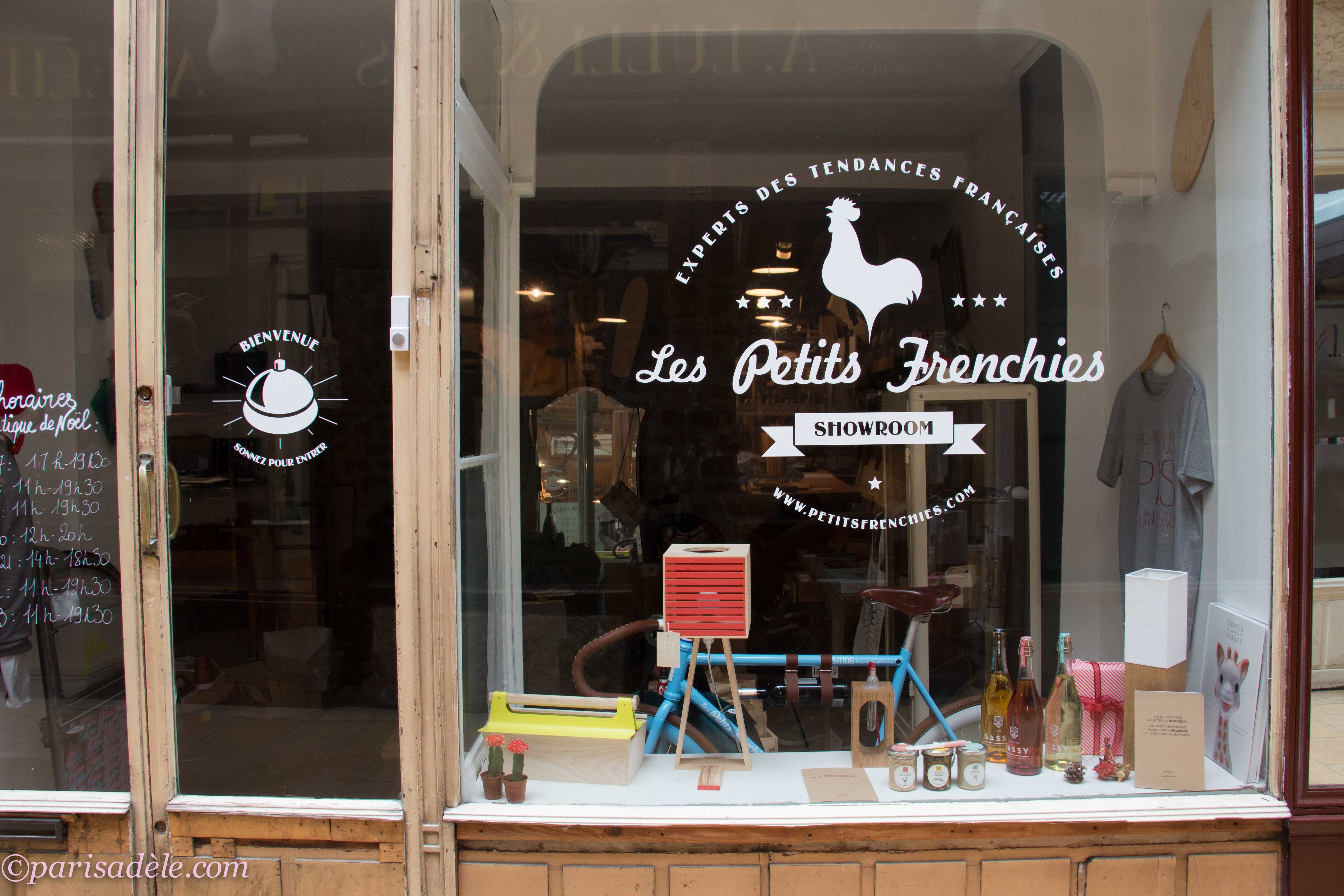
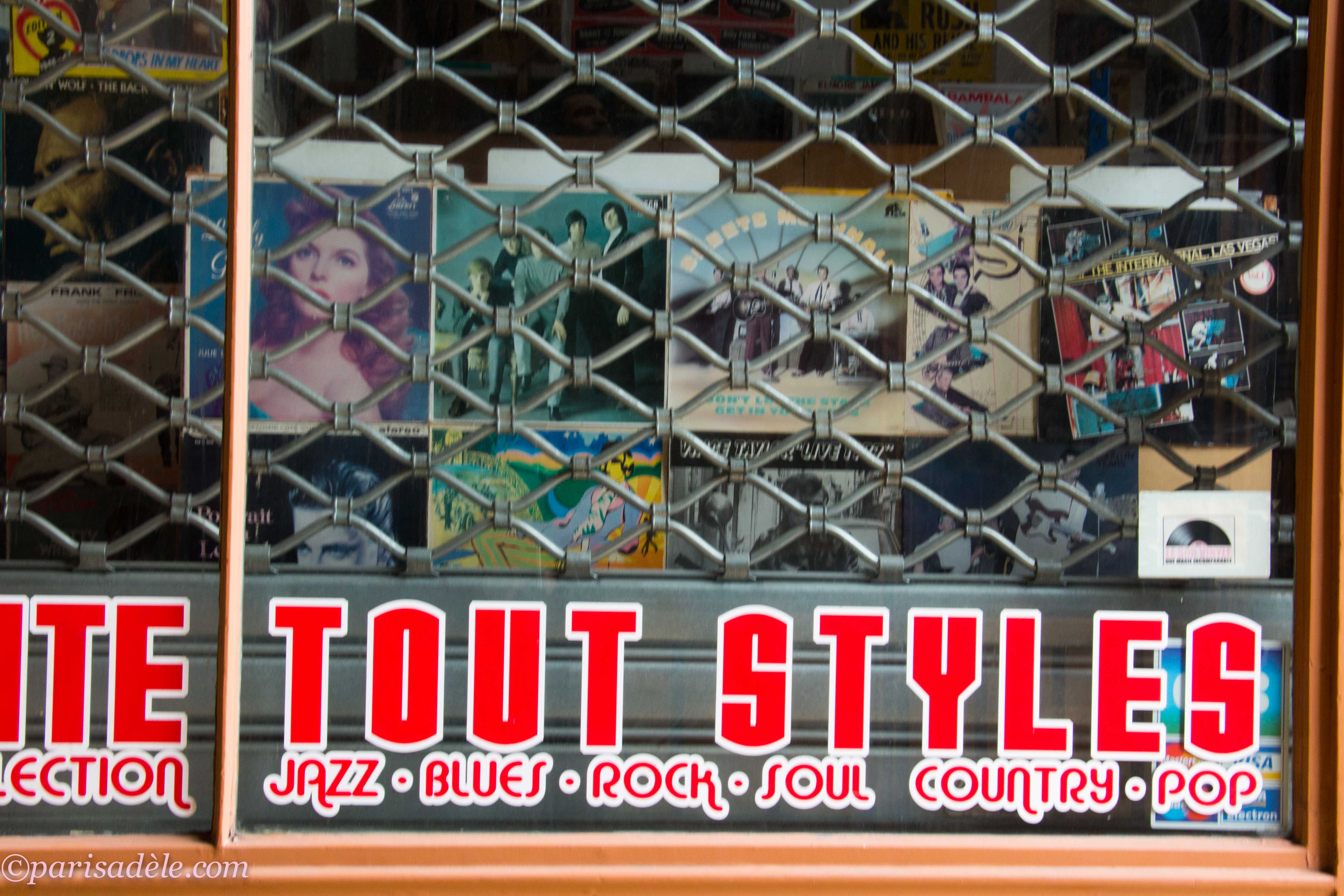
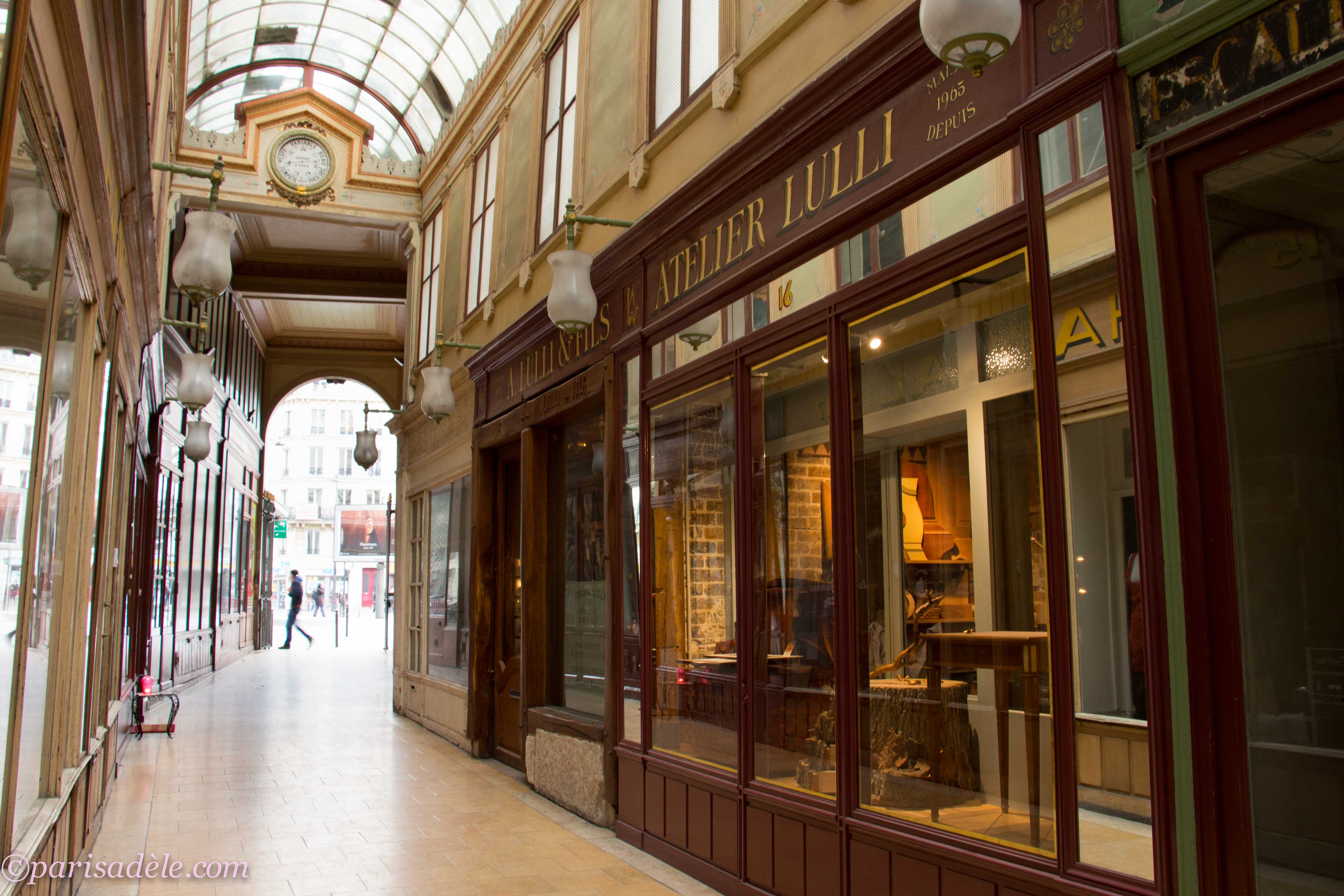
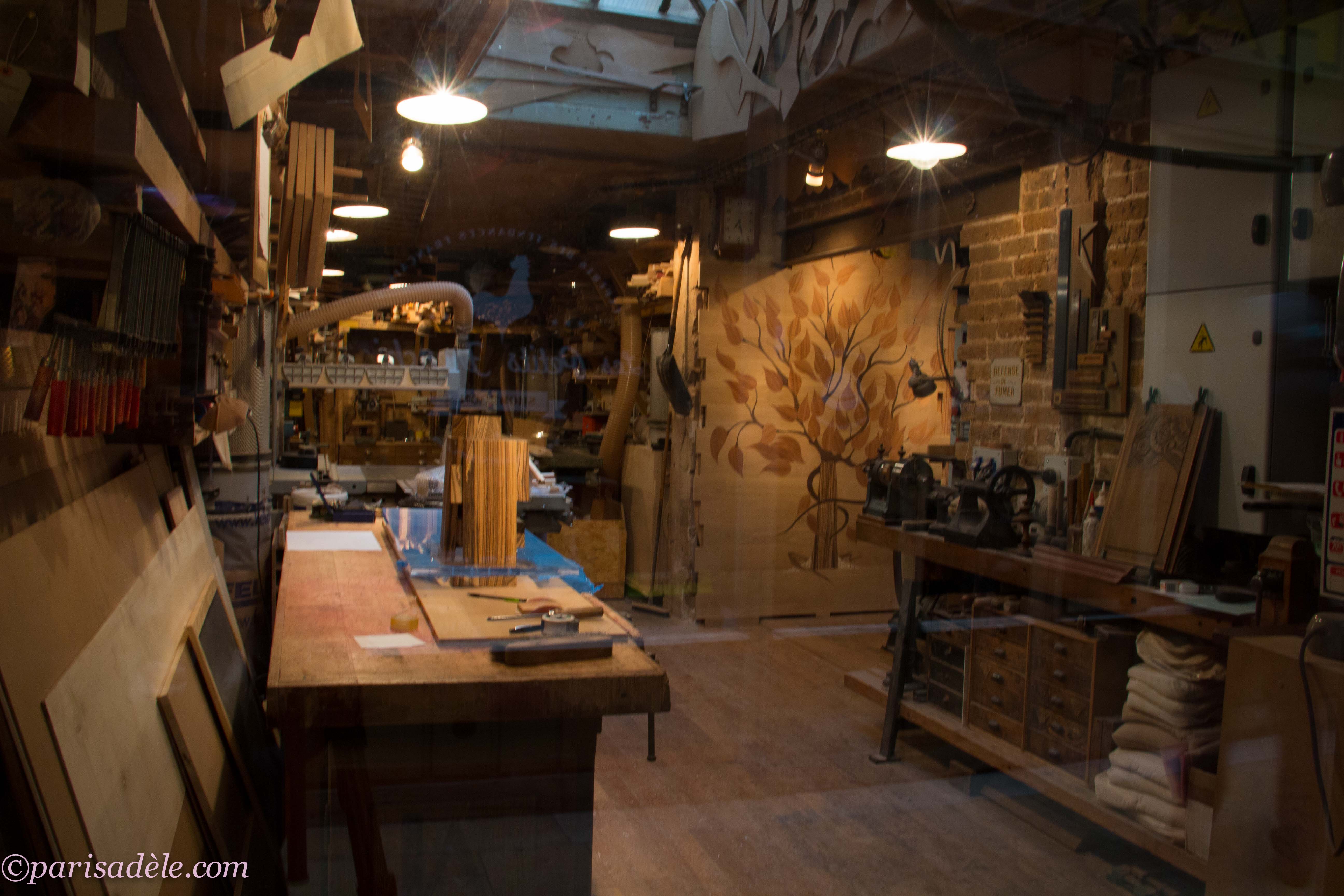
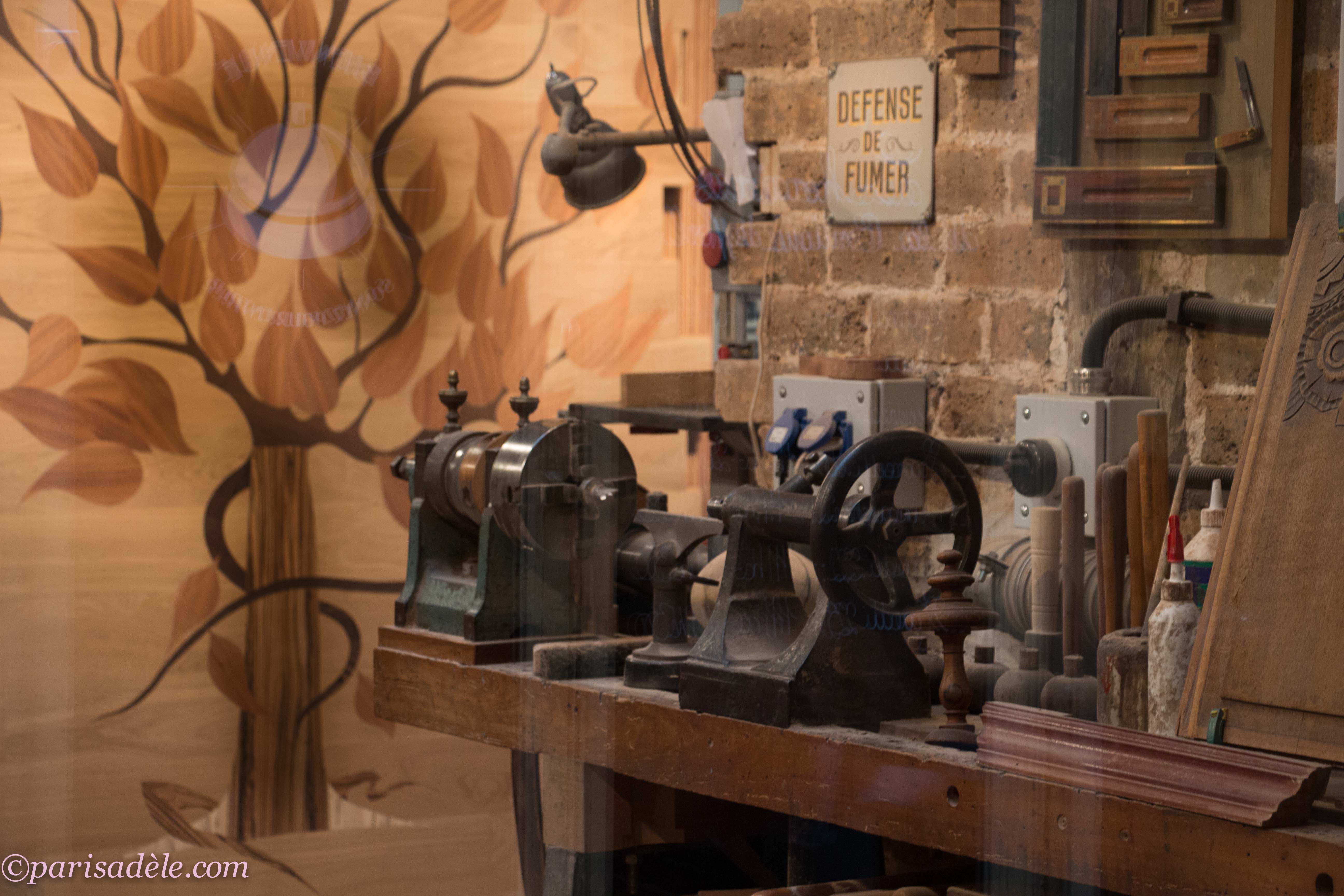
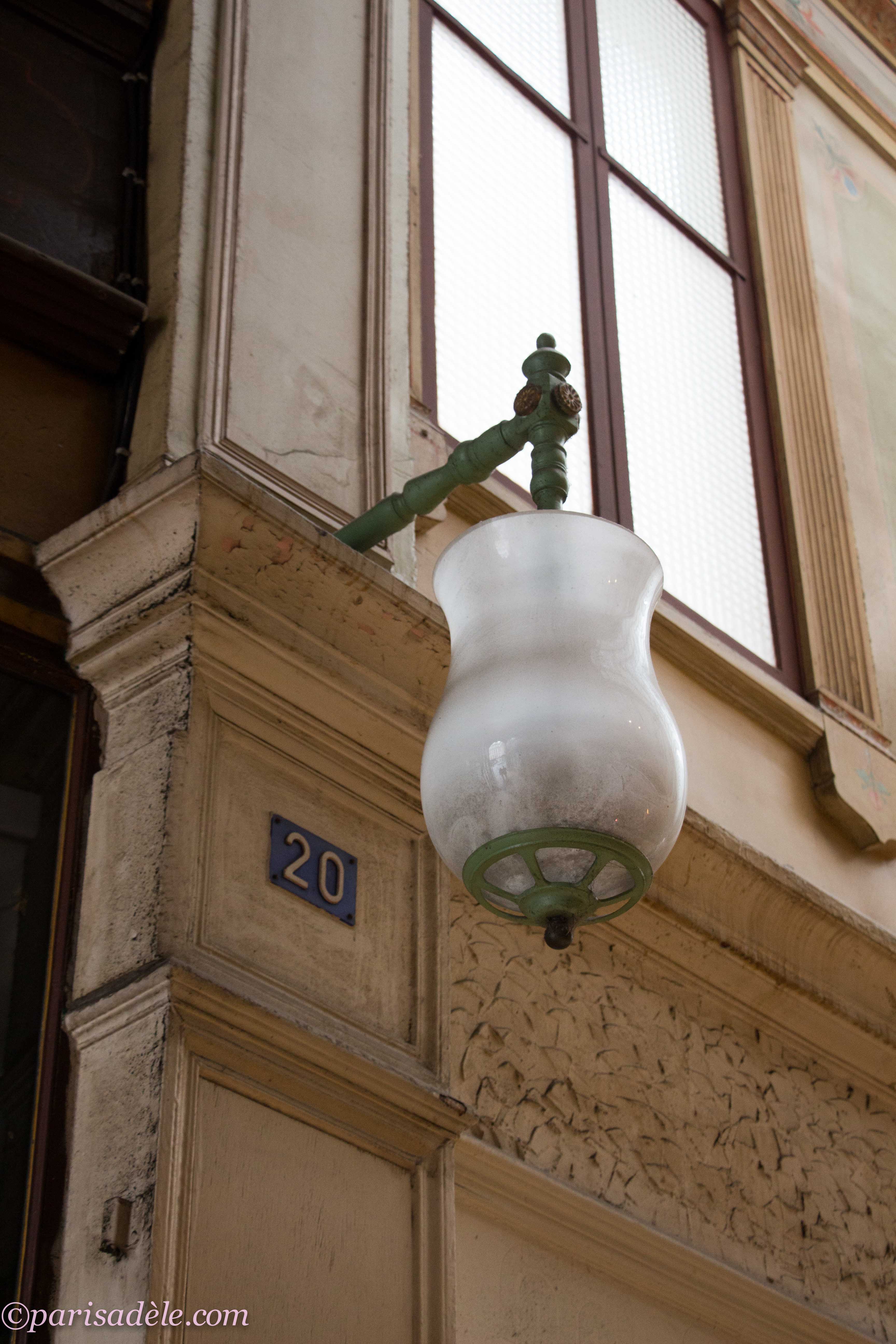
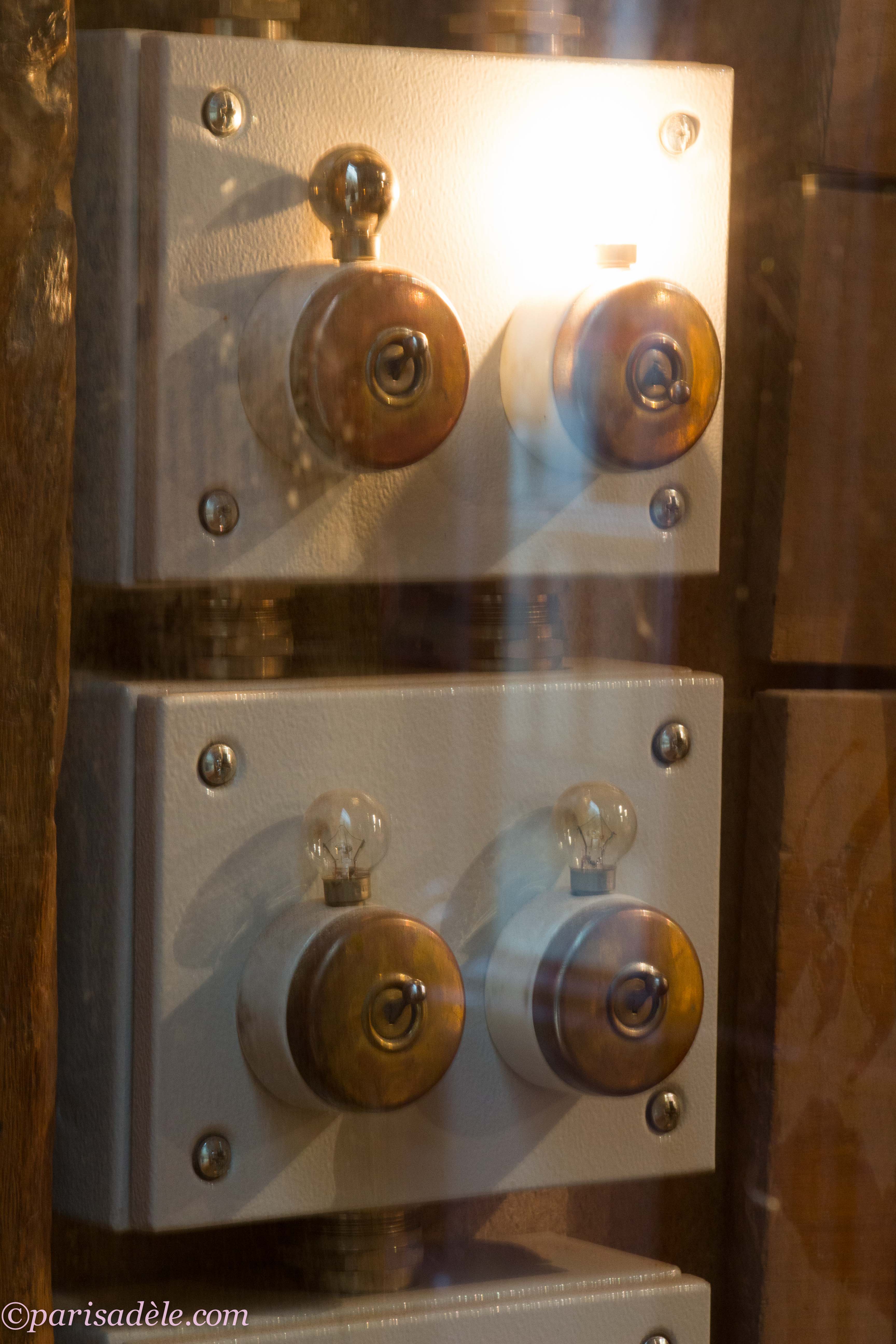

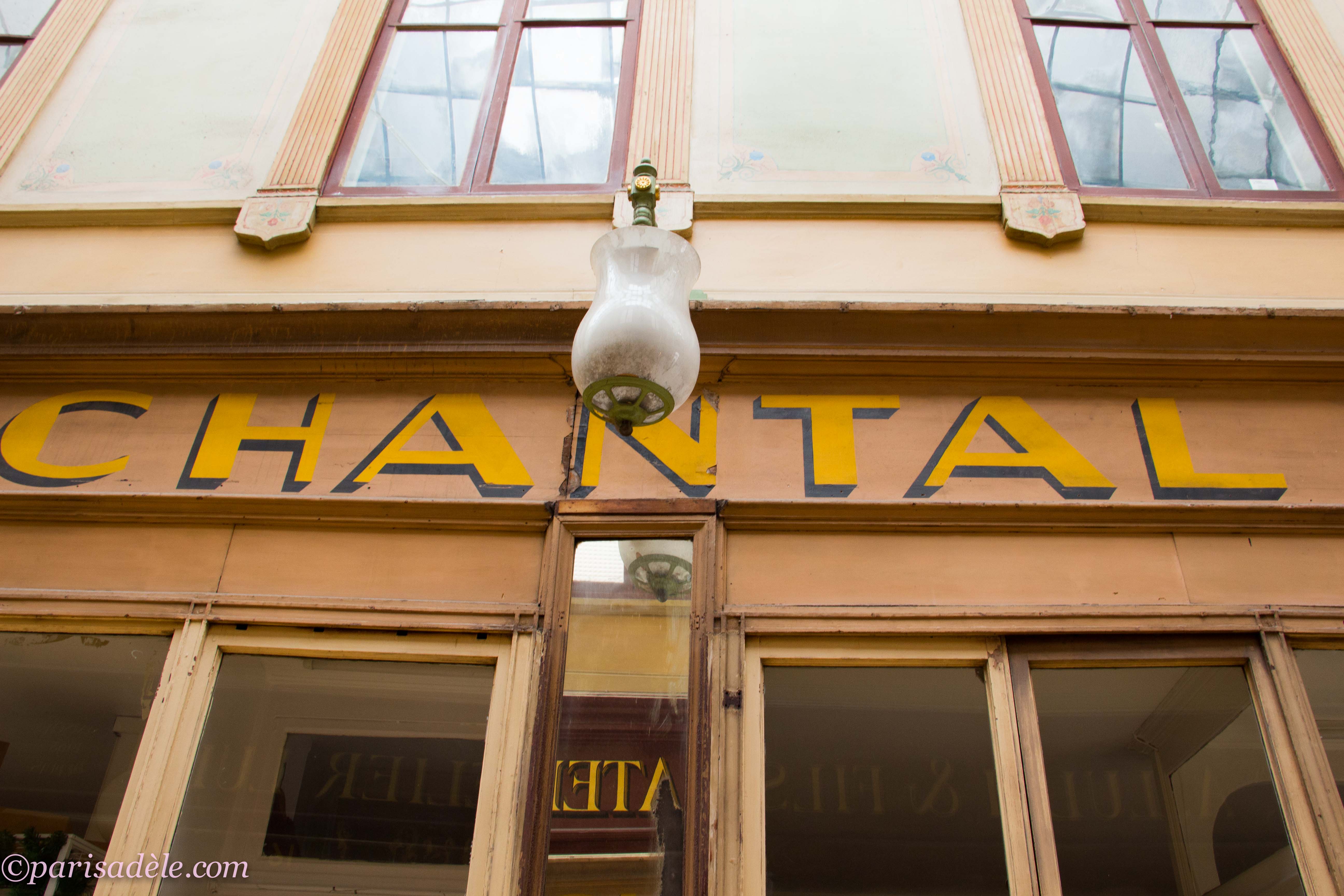
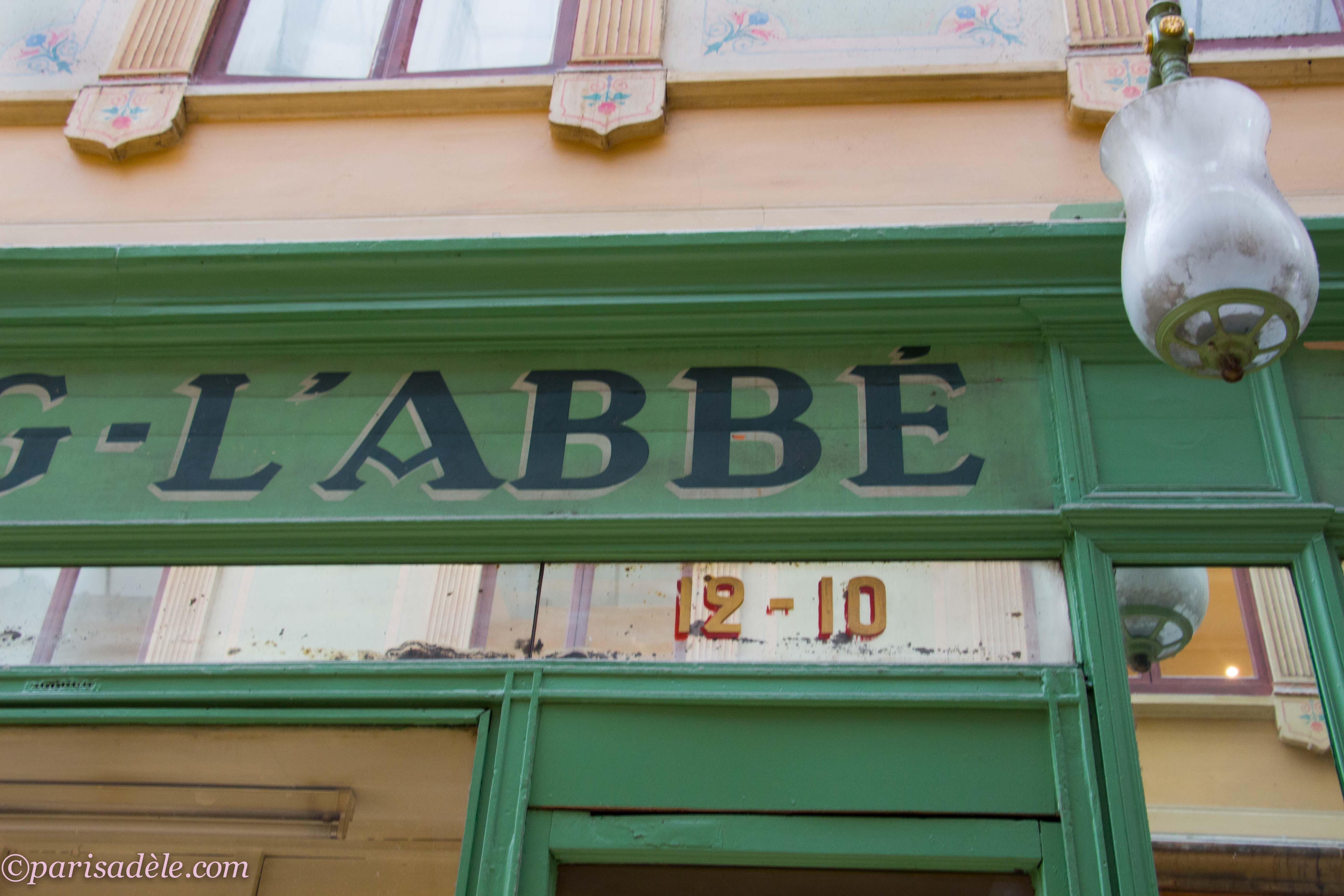
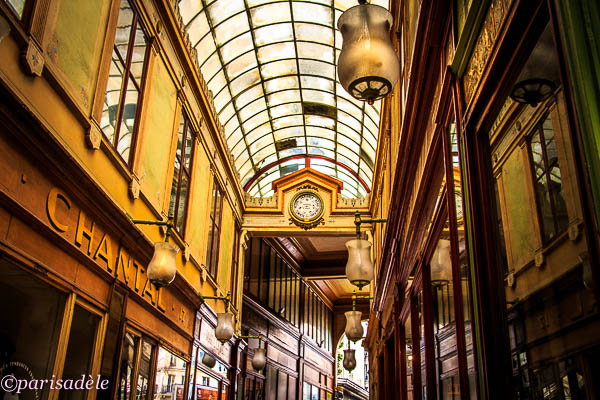
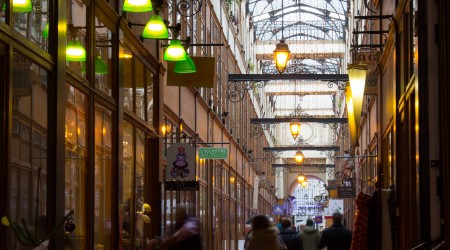
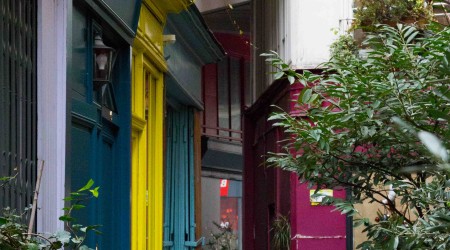
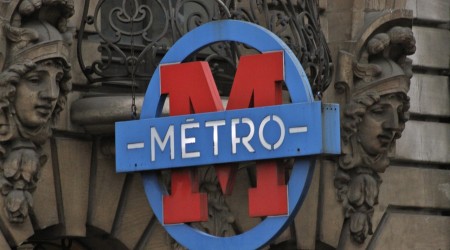
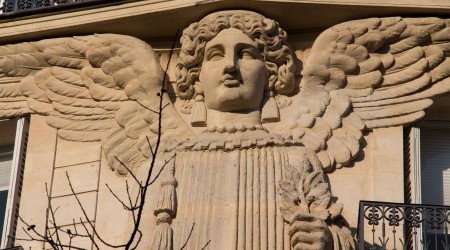
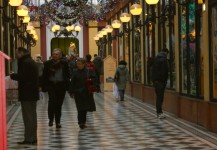
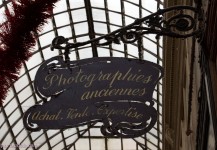
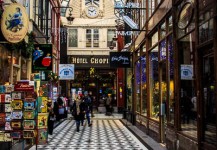
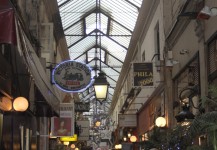

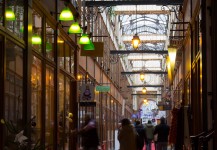
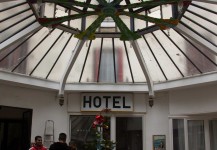
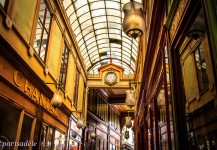
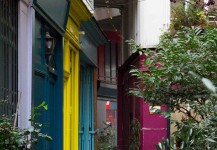
3 Responses to Passage du Bourg l’Abbé